

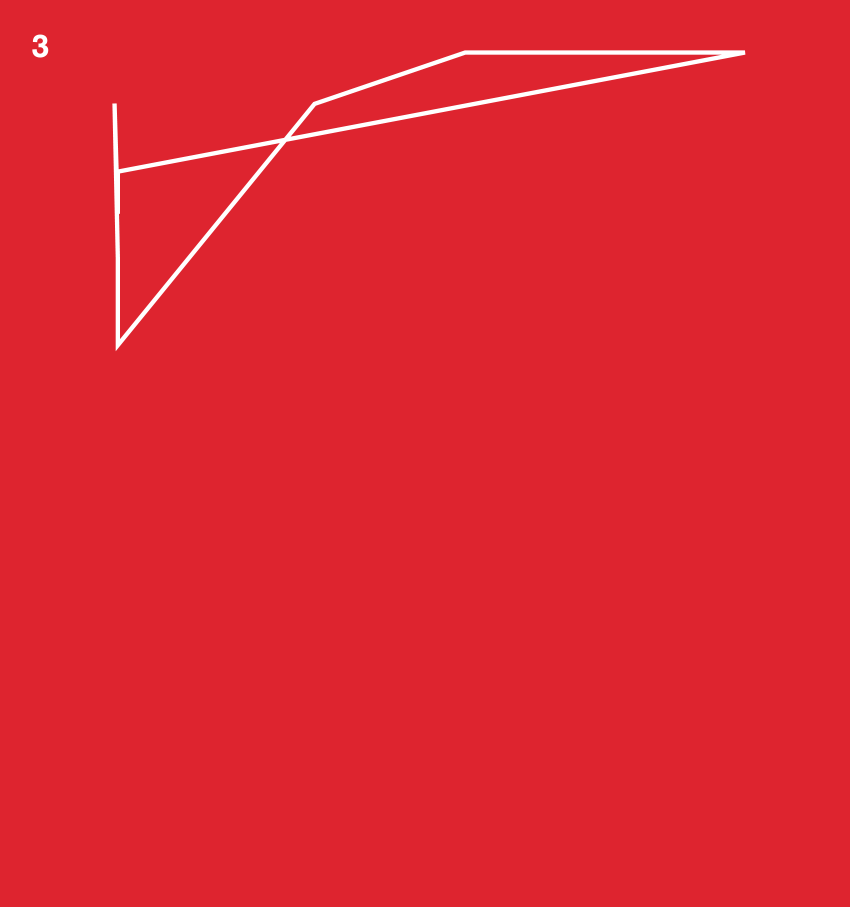
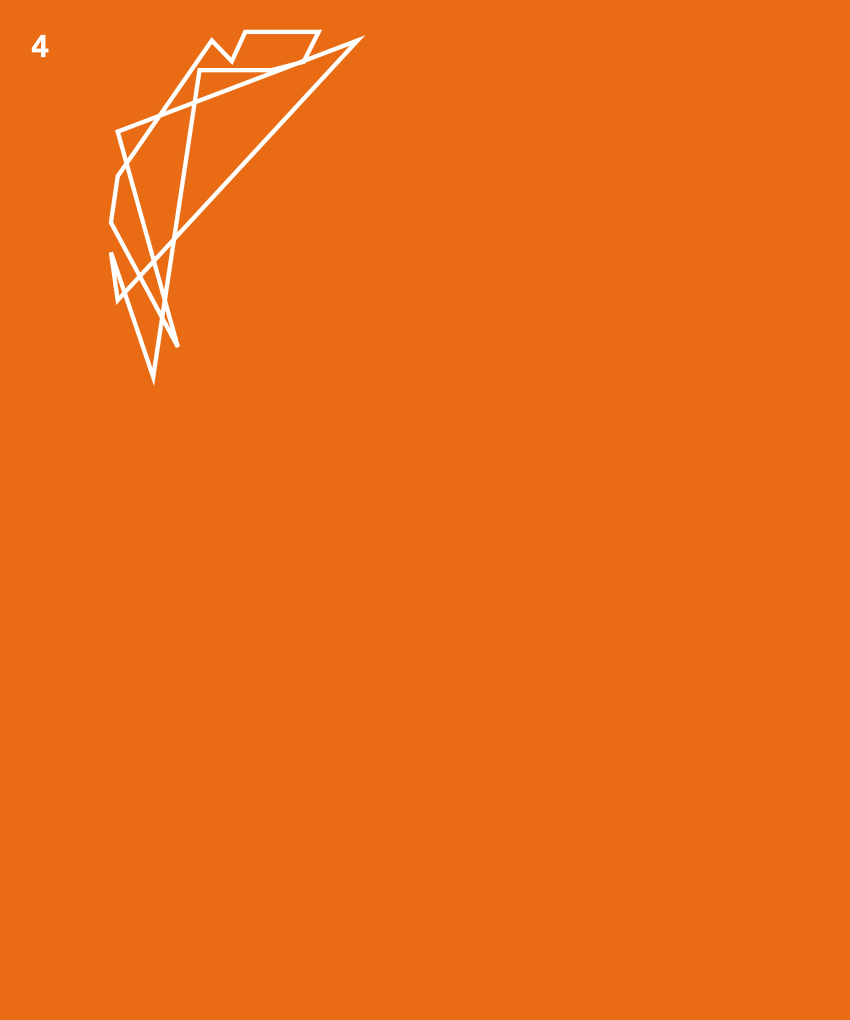






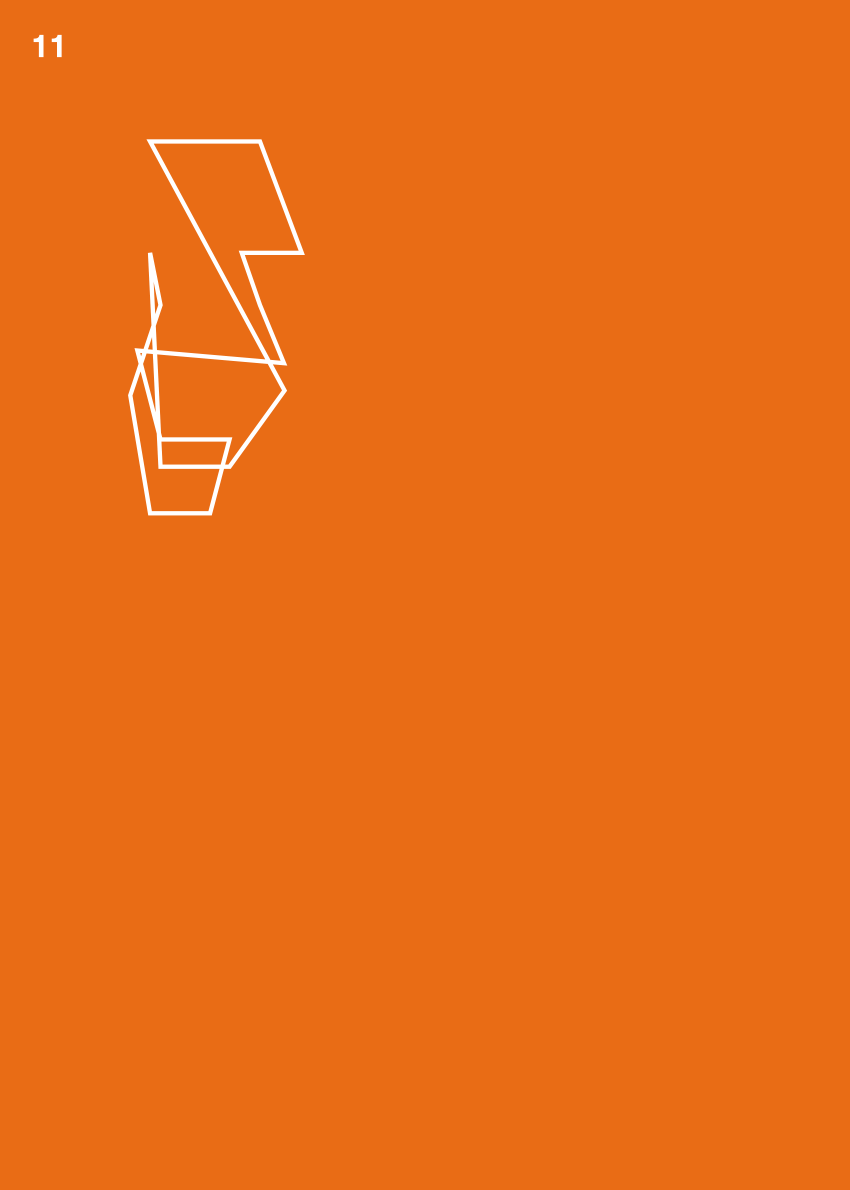




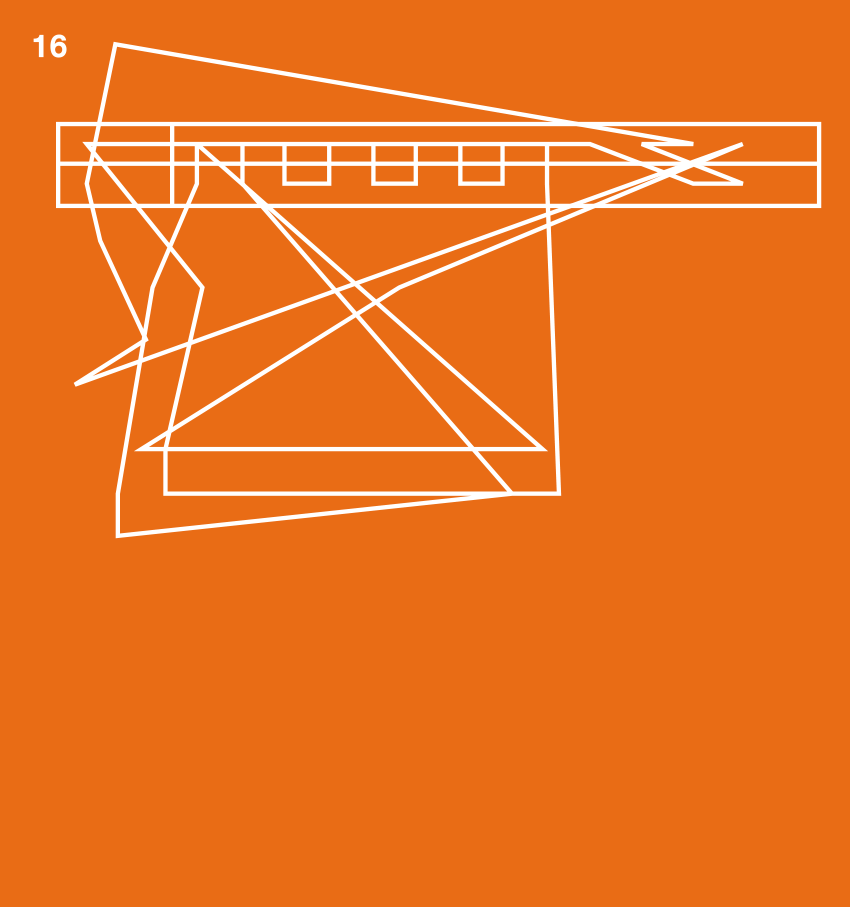
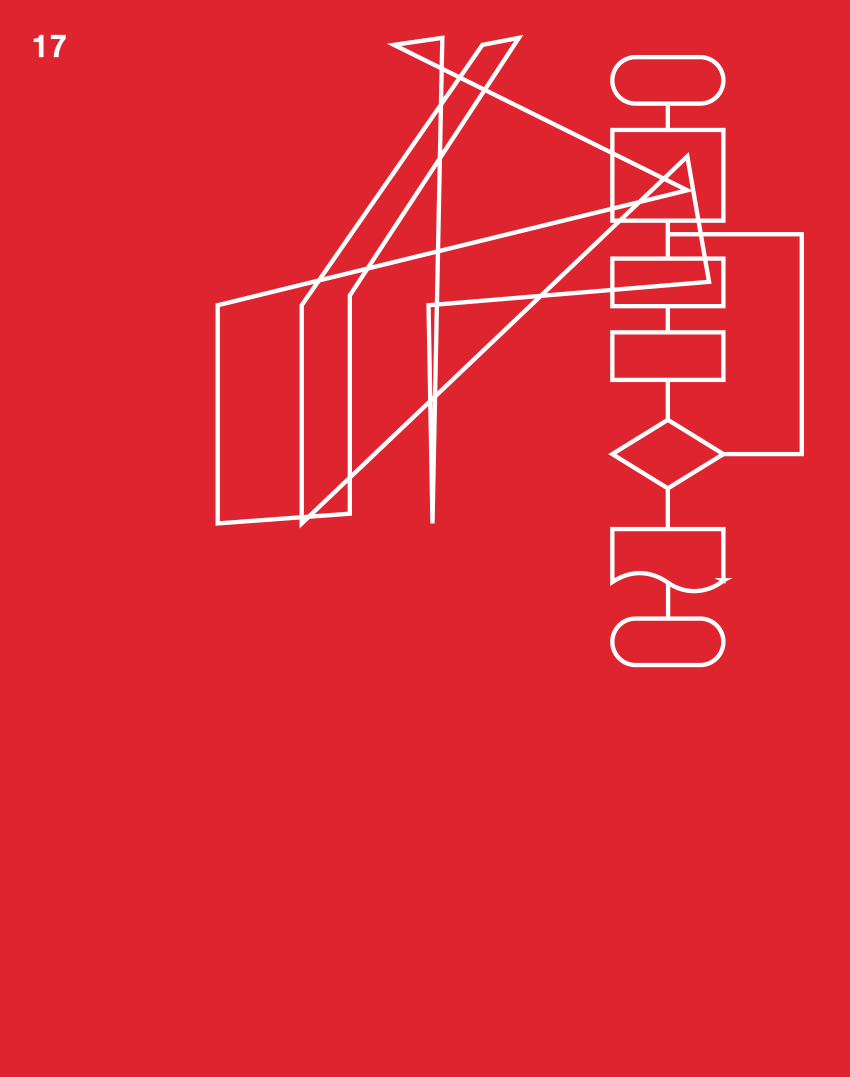
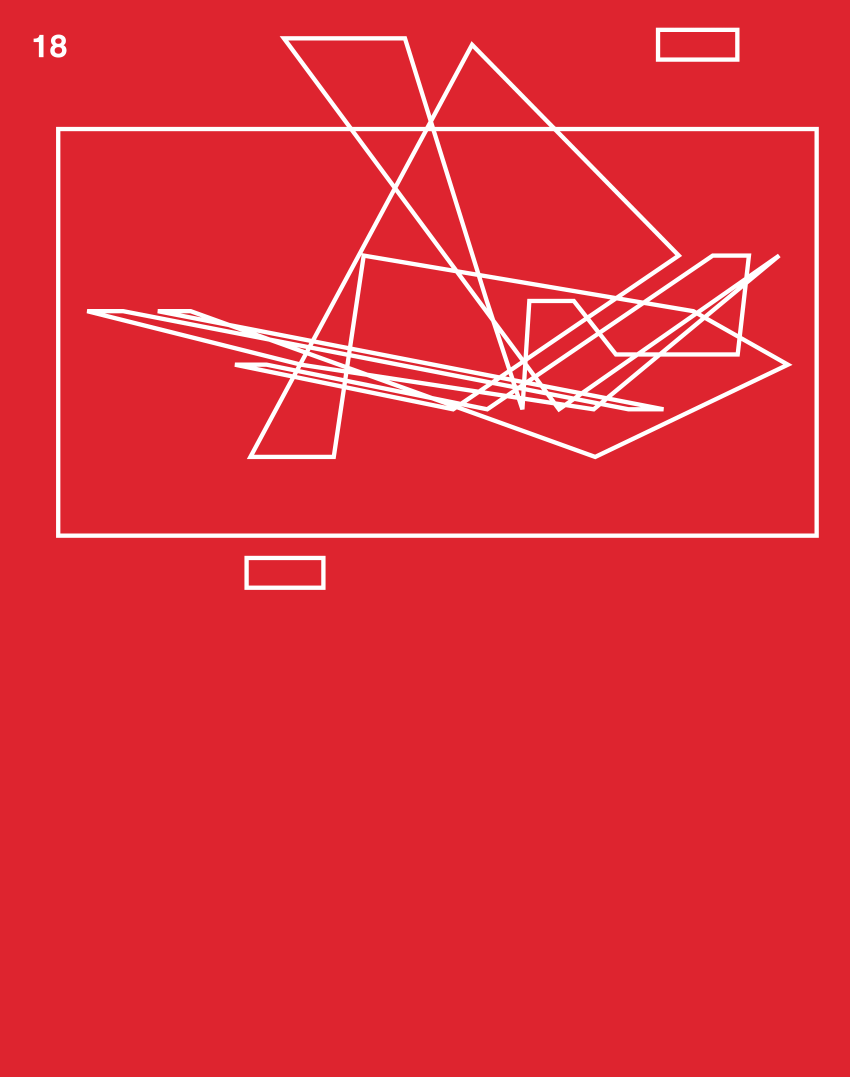

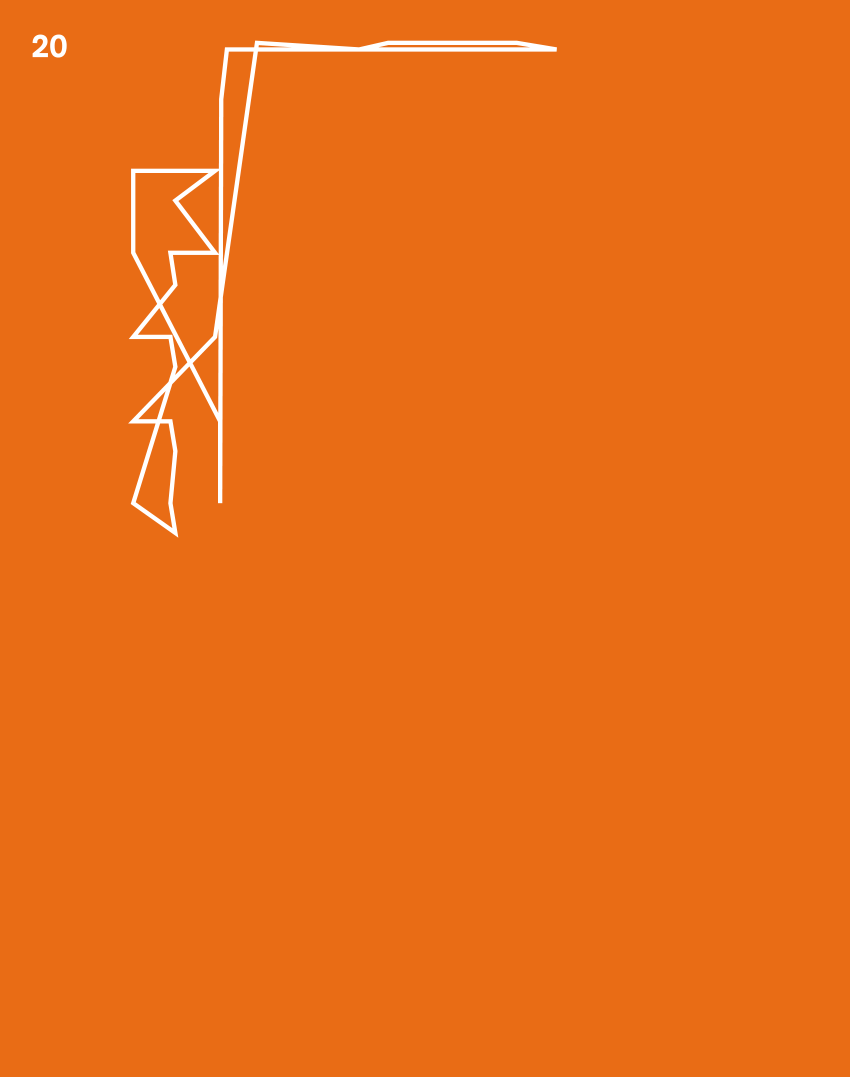
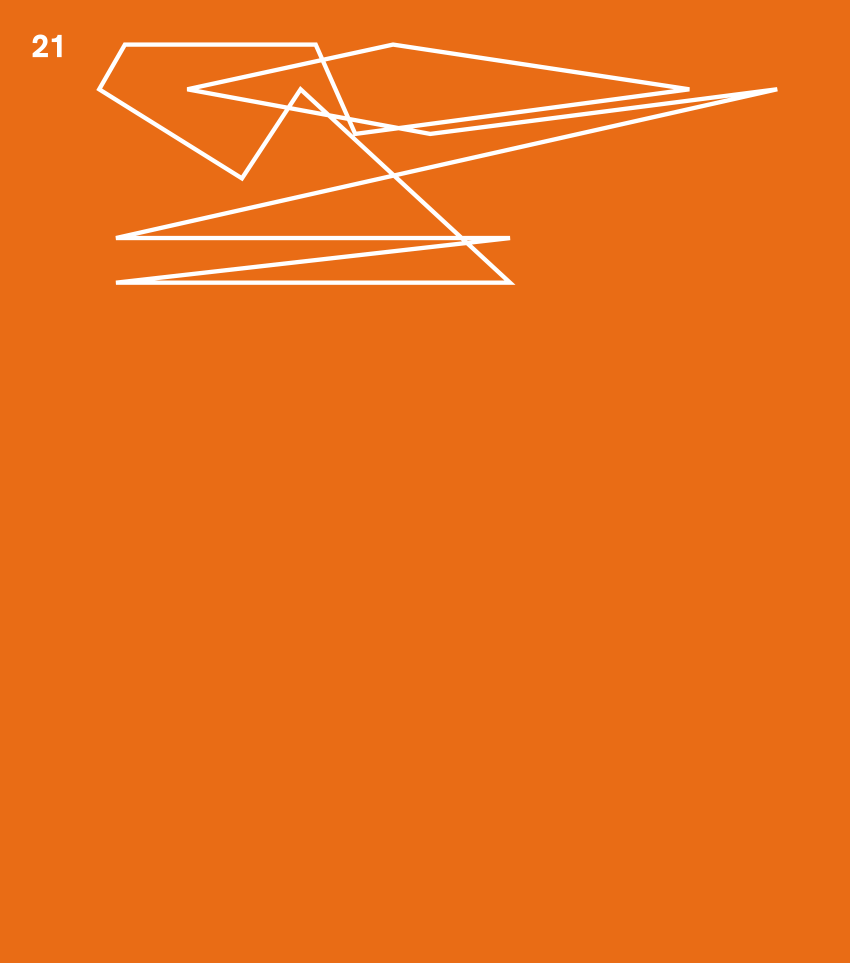



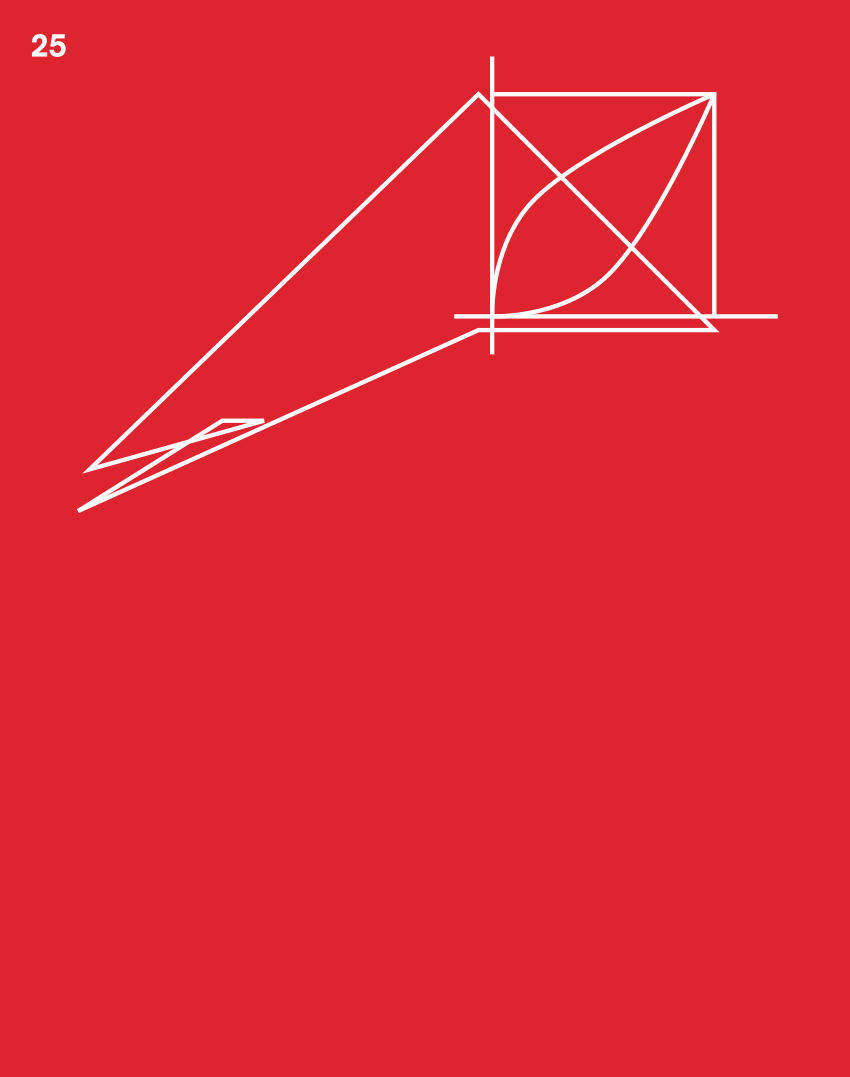

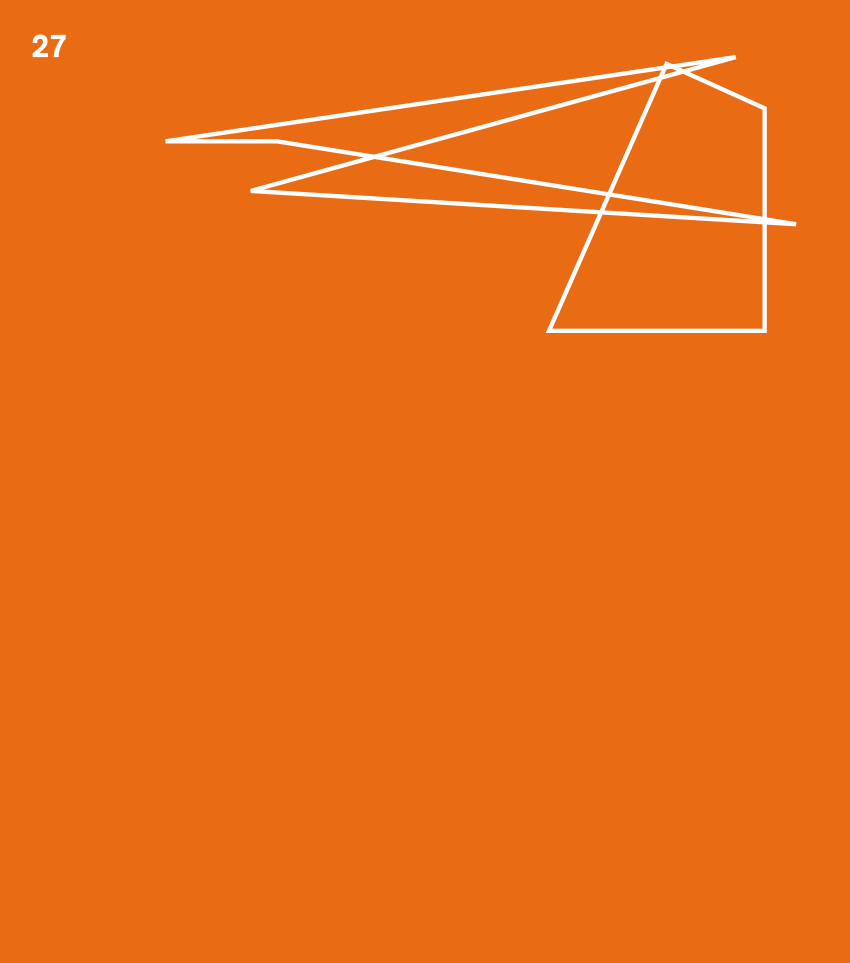



College Scholastic Ability Test for 1997: Mathematics
- 2014
- pigmented urethane and screen print on wood panel
- 30 parts, each of 60 cm width and various height
1. The College Scholastic Ability Test (CSAT) is a national standardized test accepted by Korean universities that was first implemented in 1993. Since its introduction, the basic structure has not changed except for several minor modifications. Currently, the mathematics section consists of thirty problems.
2. The CSAT for the 1997 academic year, held on 22 November 1996, has remained notorious, to this day, for its high level of difficulty. The mathematics section, for example, yielded only two perfect scores, and the national total average was a mere 21 out of a possible 88.
3. To many Koreans, the CSAT is not only the peak but also the end point of mathematics. Math education is valuable regardless of its actual everyday applications, but we see a certain solemn beauty in the fact that the value is condensed into a mere thirty problems to be solved in 100 minutes.
4. College Scholastic Ability Test for 1997: Mathematics is an homage to a test that embodied the utmost beauty of mathematics. We would have zero chance of solving a single problem on the 1997 test, but we approached it with a strictly irrelevant method of abstraction. Each of the thirty panels analyzes and transforms a problem, deriving forms from and providing our own “answers” to one of the most difficult tests in Korean history.
(Matrix: Mathematics – Heart of Gold and the Abyss, exhibition catalog, 2014)
- Project type:
- ambiguous
- Commissioners:
- National Museum of Modern and Contemporary Art
- Sohn Jooyoung

Photo by Jang Junho, courtesy of MMCA